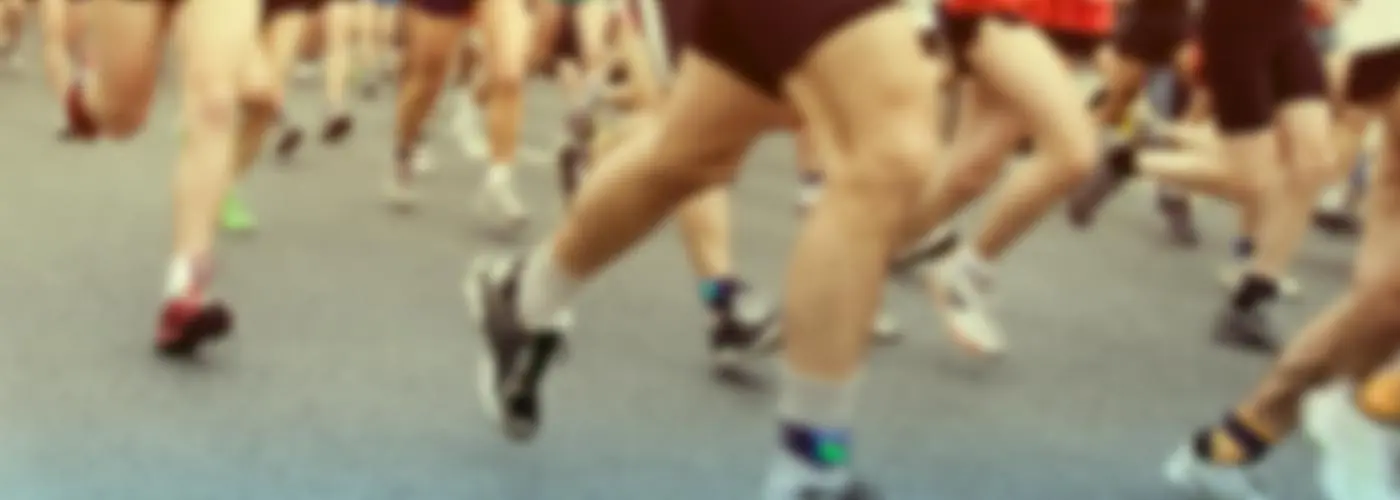How can you reduce DOMS or even stop it before it happens? Try these five tips to enjoy your workouts without paying the steep price of muscle soreness.
Foam Rolling
1 of 6
For those of us not able to head over to our massage therapist every time we overdo it in a workout, self-massage or foam rolling is something that can fill the void for myofascial release. Fascia is the dense, tough tissue that surrounds and covers all of our muscles and bones, and when inflamed, it loses its pliability and can become tight and restricted. Foam rolling is a perfect myofascial release, relieving tension in the muscles' connective tissue and boosting blood circulation to reduce DOMS.
Find:
Your Next RaceAntioxidant-Rich Diet
2 of 6
An antioxidant-rich diet can help offset the increased generation of free radicals produced due to oxidative stress happening during moderate to extreme exercise, which left unchecked will cause post-workout inflammation and soreness. Cherries are well known for their anti-inflammatory properties as are most types of berries. Even better, consuming an antioxidant-rich diet before working out will help stop muscle soreness before it begins.
Find:
Your Next RacePerformance & Recovery Lotion by AmpHP
3 of 6
For years athletes have known the performance advantage sodium bicarbonate supplementation provides. But more recently, a clinical study showed a nearly 54 percent decrease in DOMS the day following intense exercise when using Performance & Recovery Lotion, a product that's applied to muscles pre-workout.
Bicarbonate is naturally found in the body and acts as an acid buffer, controlling blood and muscle pH levels. As additional bicarbonate enters the muscles from PR Lotion's transdermal delivery, the body's pH level remains in an alkaline state for longer during exercise, decreasing the oxidative stress that causes muscle tissue damage and inflammation post-exercise. It's as easy as applying sunscreen; apply at least 30-minutes pre-workout, and the building blocks for recovery are in place. Unlike other topical products that just mask the soreness, PR Lotion stops it before it even begins.
Find:
Your Next RaceHot/Cold Immersion Therapy
4 of 6
This is an inexpensive way to flush your circulatory system post-workout, and all it takes is a tub of hot and cold water, or even better a hot tub and cold pool. Hot water causes vasodilation, while cold water causes vasoconstriction, so when alternating between the two, a pump-like effect is created in the body's circulatory system. Flushing stagnant fluid out of tired muscles can have a positive effect on reducing inflammation and ultimately muscle soreness.
Athletes have been successful in using an interval-type therapy program, beginning with hot water—only submerging the muscles used in the workout is adequate—for two minutes immediately followed by cold water for one minute, repeating three to six times.
Find:
Your Next RaceActive Recovery
5 of 6
Sometimes the worst thing you can do for recovery is nothing at all. For elite athletes, very few days are completely void of activity since the best way to flush your circulatory system and get fresh blood to tired muscles is by making them work ever so slightly. The idea is to reduce the effort level of the workout to a point where it's nothing more than simply being active, be it walking or a short bike ride in an easy gear. Your body will speed recovery and help minimize soreness from there.
Find:
Your Next RaceGet ACTIVE on the Go


Couch to 5K®
The best way to get new runners off the couch and across the finish line of their first 5K.
Available for iOS | Android






Discuss This Article